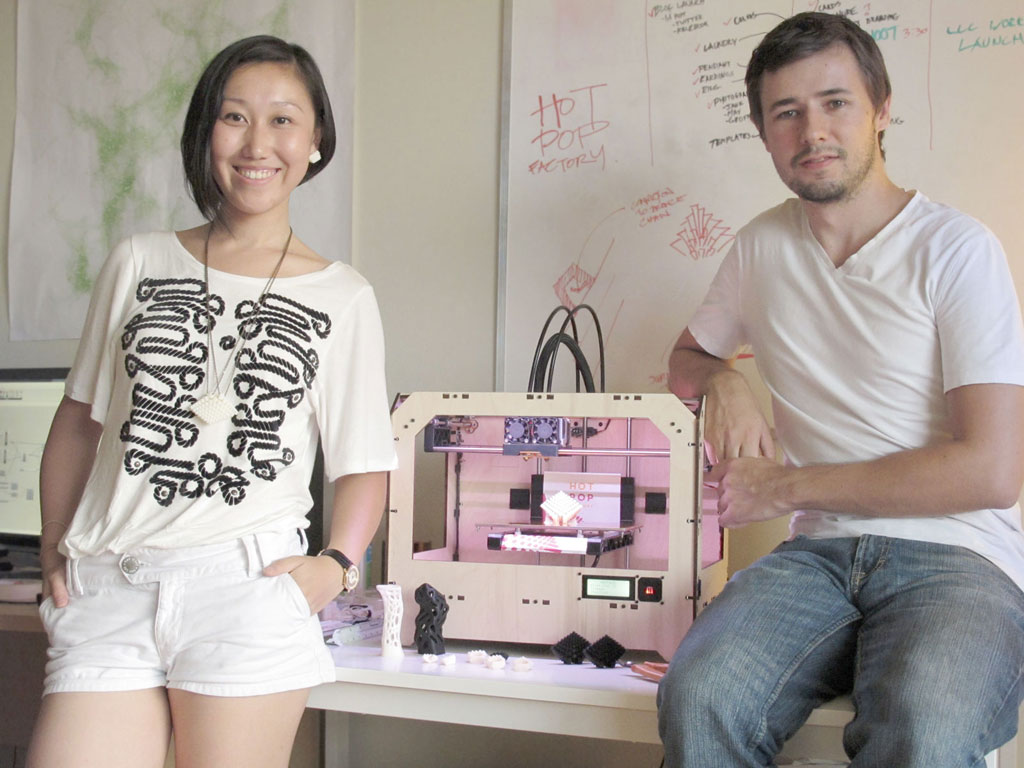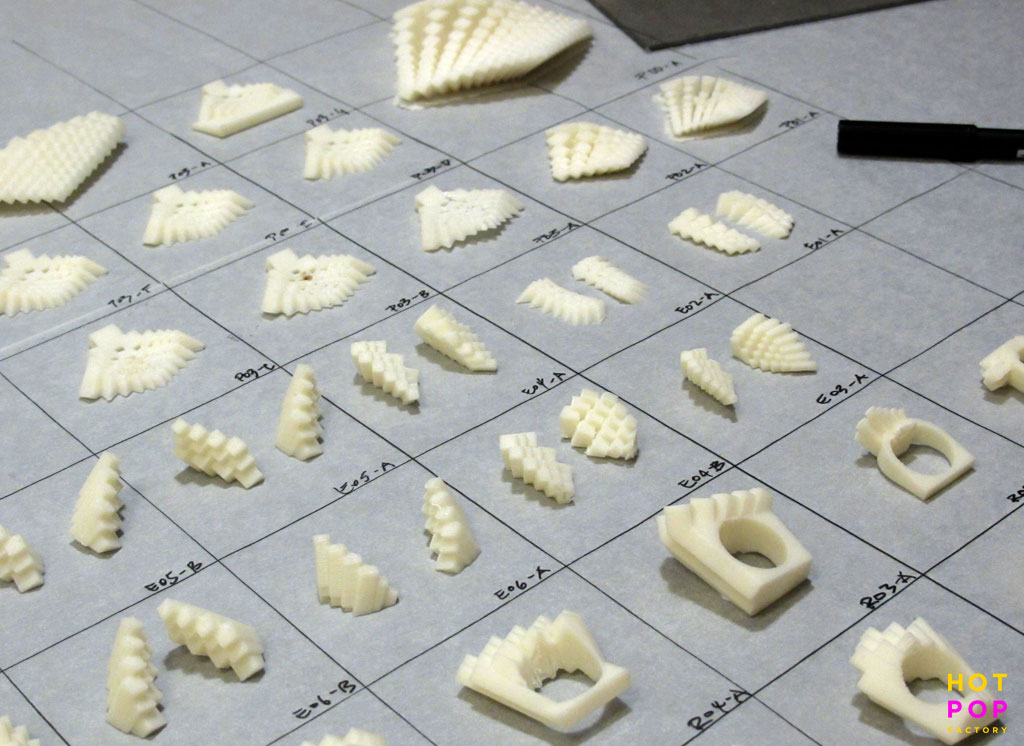The followings are the three elements I got from rolling dices:
-Storytelling->theme
-Other->traditional media (printmaking, collage, painting/drawing, performance,sculpture)
-Other->new media (audio, computer, scanner, video, photography)
Inspired by the "Physical Dialogue," I initially thought about drawing/painting over/next to/around a digital photograph taken by me so that the entire image would have a story. Then, I thought it would be too literal and boring. So, I decided to do a project of making drawing as portable as cellphones and tablets. So, I chose index cards so that I can bring them with me and draw on them whenever and wherever.
The subject I chose to draw was a hand because we use hands to use our cellphones and tablets in these days.
Once I started drawing the hands, it reminded me of hand acupuncture/hand pressure therapy I had when I lived in Seoul, Korea. In order to make sure, I used the Internet to do more research. Now, I have all three aspects: drawing as a traditional medium, hand acupuncture/hand pressure therapy as a storytelling, new media (using my iPhone and computer to do the research) as a part of the art making process.
So, here they are:
Since the whole concept of making these drawings is to make drawing portable. I put them in a index card case which I have been using to carry them around. I would like to display this final project as seen below so that viewers can go through the cards:
2) If you were to showcase some of your work throughout the semester in an exhibition: Which works would you choose? Make some suggestions for a future (potential) display. Take this as a serious offer.
I thought about displaying my drawings in two ways:
-in which I spread them out on a wall in the order I made them
-in which I put them in the index card case I kept my drawings so that people can shuffle them
3) Look at your blog and brush it up if and where necessary. Would you like to redesign the template? If so, do it.
Nope! I like it as it is!
4) Looking back: which medium of all those which we explored resonated more deeply with you? Can you describe it? This ties into a final assignment: As you revisit your blog entries and summarize what you have learnt, how do you think about new media now, at the end of this class? Recap your ideas and learning experiences, not as a list, but as a thoughtful conclusion. Due: Dec 18, one week after our last class. All unfinished assignments are due by December 18. Please contact your instructor, if you do need an extension for whatever reason so I can accommodate.
I really enjoyed doing homework 6and the final project. I think what I liked about these two assignments is that I had a lot more freedom and conceptual thinking. I found those two assignments more challenging yet intriguing than other projects whose focuses are on technologies or materials we were dealing with.
When we discussed how each of us think about new media, I said technology, for me, is just another material for art making. And, now I still believe so. I think we as art educators have to continuously study not only what kind of new technology is available but also how we utilize the new media creatively. In other words, we, even as adults or teachers, never stop learning because there is and will be always new invention.
Going through my own blog, I found out how much I have opened up my mind to using computers and other new media with which I were not familiar. Also, I was glad that I was able to share my ideas/works through the blog while I could see what others have done with the same materials on their blogs. I am grateful for the opportunity to get myself exposed to the various technologies and learn how to use them and apply them in future art making or art classes.
So, thank you so much everyone for the wonderful semester! and Happy Holidays! :)
When we discussed how each of us think about new media, I said technology, for me, is just another material for art making. And, now I still believe so. I think we as art educators have to continuously study not only what kind of new technology is available but also how we utilize the new media creatively. In other words, we, even as adults or teachers, never stop learning because there is and will be always new invention.
Going through my own blog, I found out how much I have opened up my mind to using computers and other new media with which I were not familiar. Also, I was glad that I was able to share my ideas/works through the blog while I could see what others have done with the same materials on their blogs. I am grateful for the opportunity to get myself exposed to the various technologies and learn how to use them and apply them in future art making or art classes.
So, thank you so much everyone for the wonderful semester! and Happy Holidays! :)

















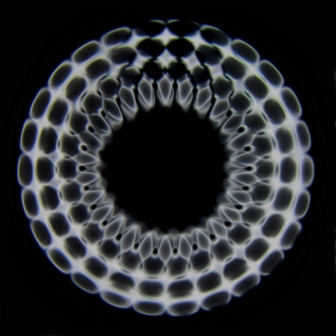
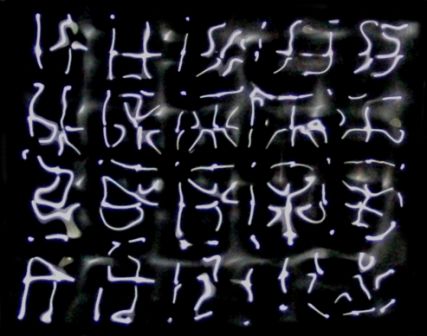
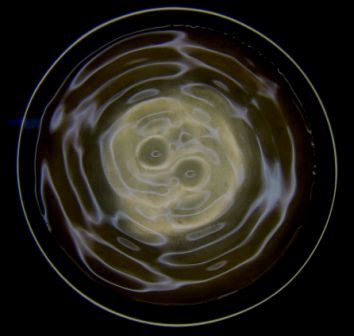













.JPG)
.png)










